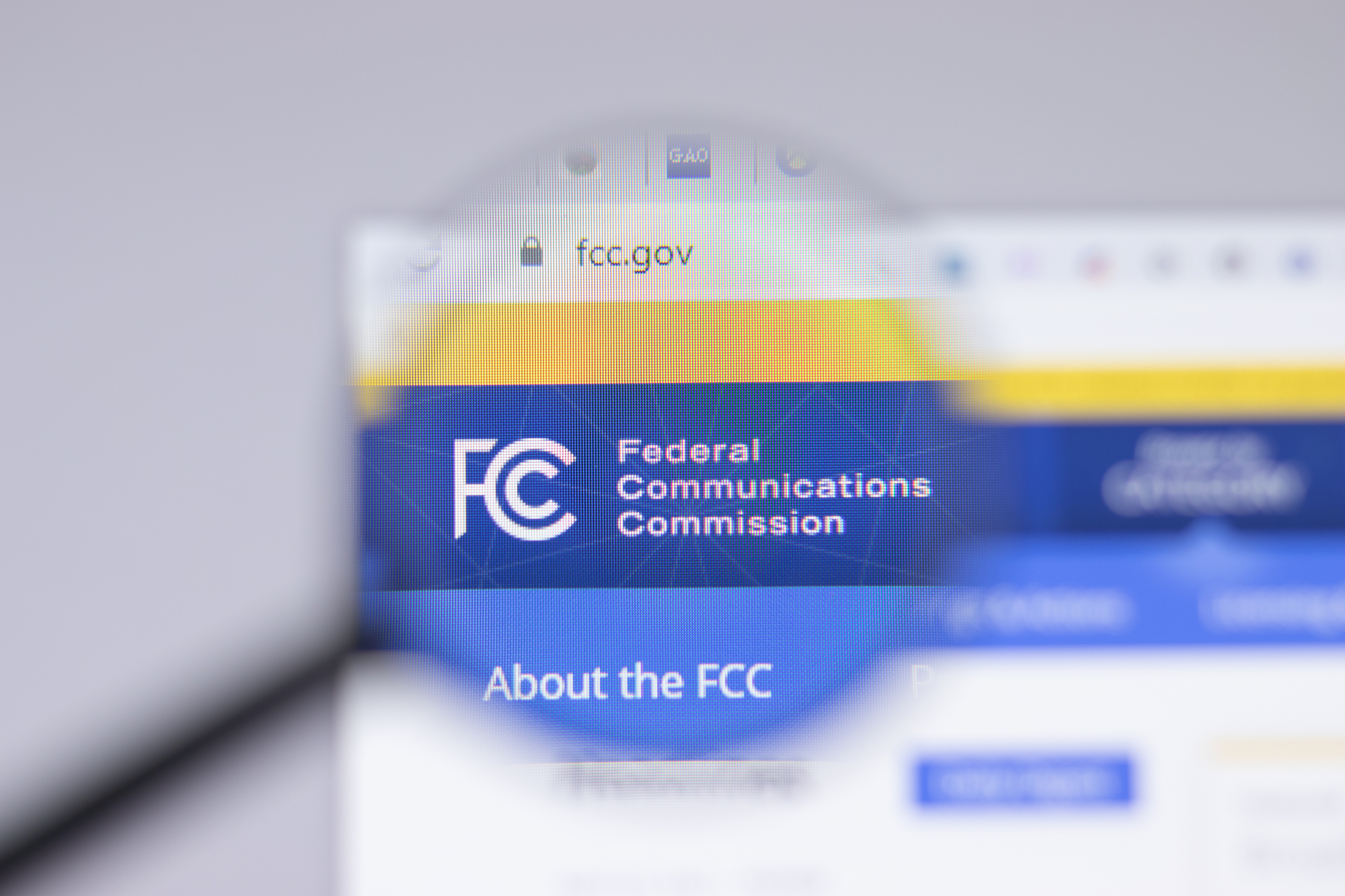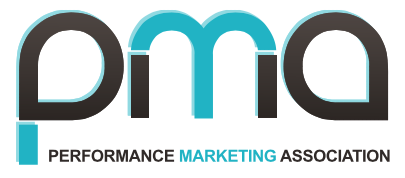
The FCC Impact on Lead Buyers and Sellers (Part 2)
Part 2, How is the industry responding?
(Click here to read Part 1, What Happened?)
The Federal Communication Commission’s new rule is having a big impact on the industry. In case you missed the first blog, the new rule contains a 1-1 consent requirement for lead generation and also requires leads to have come from topically/logically related content to what they are ultimately contacted to purchase. So, how is the industry responding?
The industry did not sit back and take it. One organization filed to stop the rule going into effect. We will see how that plays out in court. Additionally, small businesses rallied to get their voices heard. The commission allowed for additional comments after the rule hit the federal register specifically because it had not considered in totality the impact on small business. The outcome is yet to be seen but we do hope for concessions to aid small businesses and their ability to compete.
We are now about 3 months from when everyone realized they would have to comply with this new rule. From my vantage point, so many leaders in the industry stepped up, worked with their partners and even their competitors to make sure the industry was communicating and getting on the same page. These are the top topics being addressed.
- Contract Terms
Whether you are the buyer or the seller, agreements will need to be updated. Buyers will need to ensure the seller has complied with the new consent rules and they are ensuring the content driving the traffic is topically/logically related to their product offerings. Sellers will now need to protect themselves to ensure their buyers are conducting the type of outreach allowed by the type of consent collected. Regulators go after everyone in the funnel when there is a violation so knowing your partners is critical. - Collecting Consent
Immediately after the rule was voted in, tech leaders in the industry started working together and sharing notes on how to move to a 1-1 consent model. This is the area that will take the most resources and time to get compliant with the rule. Many are still building their new models, but a few came out quickly. Brad Seiler at boberdoo has been kind enough to share his developments over the last few months with a group of tech leaders. “At boberdoo we have built a javascript form widget for customers that might not have the technical skills to update their own forms to work with a dynamic consent API. This allows our customers to swap out their current lead form for the widget and basically be compliant right away. For more advanced customers we have an API allowing them to gather potential lead buyers (“sellers” in the FTC lingo) on the ping and then send in the consumer selected buyer(s) on the post.”
Another industry veteran, Greg Dobak, looked to develop a free tool to ensure consistency in models across the ecosystem. “Blue Ink Digital is working with a group of industry and tech partners to develop and launch a free and cross platform compatible technical framework called SIT BAC that allows for One-To-One compliance. This framework is already under development and will be launched with our technical partners in the coming weeks. For more information on the underlying framework please read our white paper here: https://blueinkdigital.com/white-paper-on-sit-bac/.” - Monitoring for Topically/Logically
The biggest issue we have as an industry on this topic is it was not defined by the FCC. They did provide an example. “36. Second, we adopt our proposal that robotexts and robocalls that result from consumer consent obtained on comparison shopping websites must be logically and topically related to that website.92 Thus, for example, a consumer giving consent on a car loan comparison shopping website does not consent to get robotexts or robocalls about loan consolidation.93” https://docs.fcc.gov/public/attachments/FCC-23-107A1.pdf
Lead generators and buyers will need to communicate and determine where they consider an acceptable level of risk when it comes to related offers and how those are generated through the lead funnel. Using unavoidable disclosures and ad content ensuring the consumer can see they are being offered something unrelated to the original offer is going to be key. - Collecting and Owning Consent
Products like Active Prospect and Verisk will be in much higher demand. Buyers used to depend on their lead sellers to collect and hold the consent in case they needed it later. Under the rule, the company robocalling or texting must physically own the consent prior to outreach. This doesn’t seem to be a huge issue, but sellers might want to talk to their buyers to make sure they are prepared and have the ability to store the consent. This should also be part of the agreement terms when revisiting contracts.
The lead generation industry is nimble and well positioned to take on these types of challenges. Hopefully we will see some concessions for small businesses this year. Stay tuned.
The information on this page, and related links, is provided for general education purposes only and is not legal advice.

 Follow
Follow